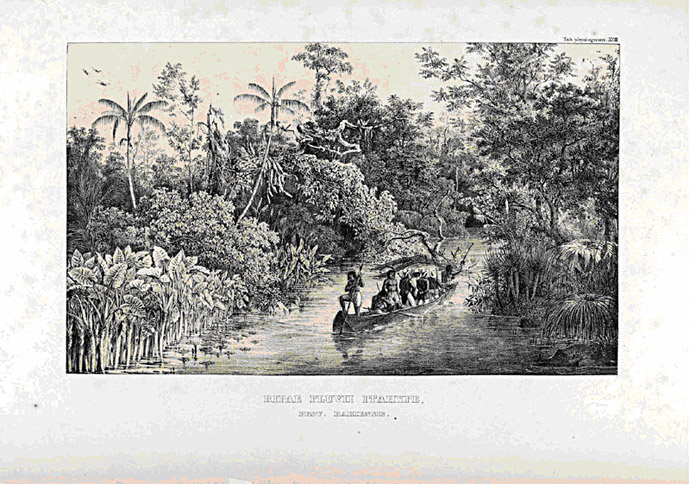|
|
|
|
|
|
History
|
|
|
|
Etymology
|
|
|
|
|
|
Euterpe, from Greek ευτέρπη meaning pleasing, from εὖ (well) + τέρπειν terpein, (to delight, to please) in relation to the magnificent aspect of this palm. Euterpe was the muse of music, one of the nine muses of the Greek mythology, daughter of Zeus and Mnemosyne. In late classical times she was named muse of lyric poetry and depicted holding a flute; edulis, due to Latin edulis (eatable).
|
|
|
|
|

|
|
|
|
Vol. I, Part I, Fasc. See Urban Prancha 18 Published in 1906
|
|
|
History of the use and marketing of Euterpe edulis
|
|
|
|
The extraction of palm heart for food production was done in small scales, starting up the industrial production of cans in the 30s (FANTINI et al. 2004). Today the palm heart of E. edulis is marketed in the states of Paraná, Santa Catarina,
São Paulo
, Mato Grosso, Espírito Santo,
Rio de Janeiro
and
Rio Grande
do Sul, with a more intense trade in the first three states. Most of the native Euterpe population was decimated from the decade of the 60s with the intensification of canning. This species, without a fixed harvest time, acted as a financial reserve for the land owners where so far extraction was done on a small scale. But to guarantee a stable demand on the market of a product with good prices, cutting of all individuals of native populations began (NODARI & FANTINI 2000). Today
Brazil
is responsible for 85% of the international commerce of palm heart (PEREIRA 2000).
|
|
|
|
|
|
|
|
|
Vol. I, Part I, Fasc. See Urban Prancha 34 Published in 1906
|
|
|
|
|
|
|
|
